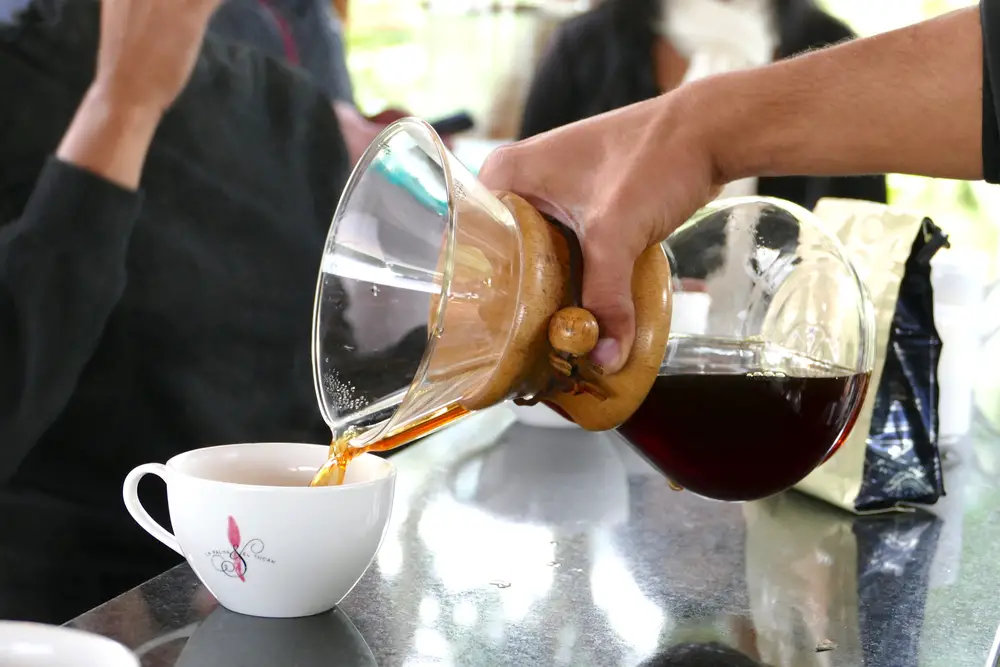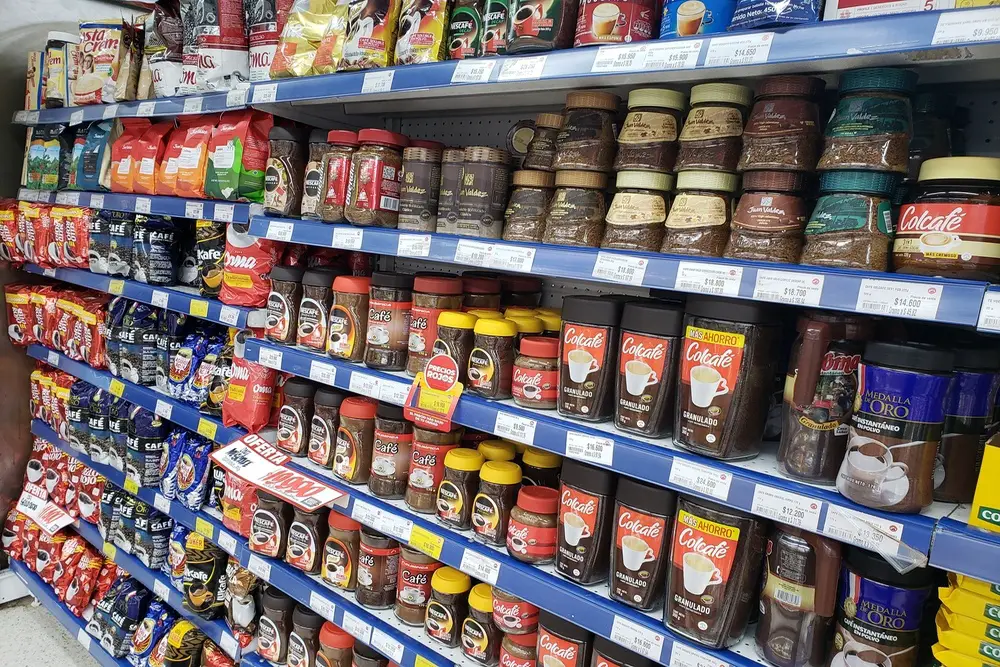Coffee has two major types, the Arabica bean and the Robusta bean. However, over the years, many coffee beans have been blended both naturally and by humans, making it possible to obtain coffee plants that are pest-resistant or even have a very special flavor through these blends. This is how Maragogipe coffee was born.
Table of Contents
History of the Maragogipe Bean
Brazil is fortunate that in the vastness of its territory there are some cities that produce coffee of the best qualities in the coffee world, including Maragogipe coffee.
Its discovery by the colonizers in 1780 in the municipality of Maragogipe in the city of Bahia in Brazil is documented.
was already a hugely successful product in Europe at the time, exporting this Brazilian bean was easy, however this variety was considered exclusive as it required special care.
Over the years, this bean has found its way to other countries such as Nicaragua, where it also found the climatic conditions necessary for its growth.
Characteristics of the Maragogipe bean
This Brazilian bean is very special because it was one of the first natural mutations discovered in the world.
This bean is a variety of Arabica bean with a size 3 to 5 times larger than the common bean.
The average size of this bean is 1.69 centimeters in length and 0.72 centimeters in width; in many places it is also called elephant bean because of its enormous size.
In addition to its size, it also differs from other coffee beans in its taste: Maragogipe coffee naturally has chocolate notes and aromas reminiscent of red fruits, which is why its taste is described as mild with floral notes.
However, this property is largely determined by the characteristics of the soil on which the beans are grown.
This bean contains less caffeine than a regular bean, but has a very distinctive taste.
Cultivation of the Maragogipe bean
In order to successfully grow Maragogipe coffee, the cultivation must take place at an altitude of more than 1500 meters above sea level. As with all types of coffee, the soil in which the coffee plants grow influences the final taste of the coffee: if the soil does not contain the necessary minerals, the taste of the finished cup will be a bit bland.
The plant is very susceptible to rusting during the cultivation phase, and according to coffee experts, it produces about 25% less than a coffee tree with conventional beans because of its size.
Depending on the type of drying process, drying can take longer or shorter. According to some coffee farmers who have experimented with drying these beans on African beds, it took about two months for the beans to fully dry.
The main producers of this type of coffee include countries such as Brazil, Colombia, Panama and Nicaragua. However, due to the low production, the Maragogipe coffee is often replaced by Pacamara coffee.
Price of Maragogipe coffee
Although not on the list of the world’s most expensive beans, Maragogipe coffee is significantly more expensive than regular coffee. Depending on the country of origin, characteristics and growing methods of the coffee, the price can range from $11 USD to $65 USD per kilo.
How to recognize a Maragogipe bean
Most of these types of coffee are offered by specialty coffee producers, but there can often be confusion when buying this type.
Therefore, we recommend that you find a place, either on the packaging of the coffee or in the product description, where it is explicitly stated that it is the Maragogipe variety.
Recipes that highlight the quality of this coffee bean
As with all types of coffee, it is best not to mix the coffee with other ingredients. We recommend simple recipes like making an espresso to bring out all the aromas of the coffee.



